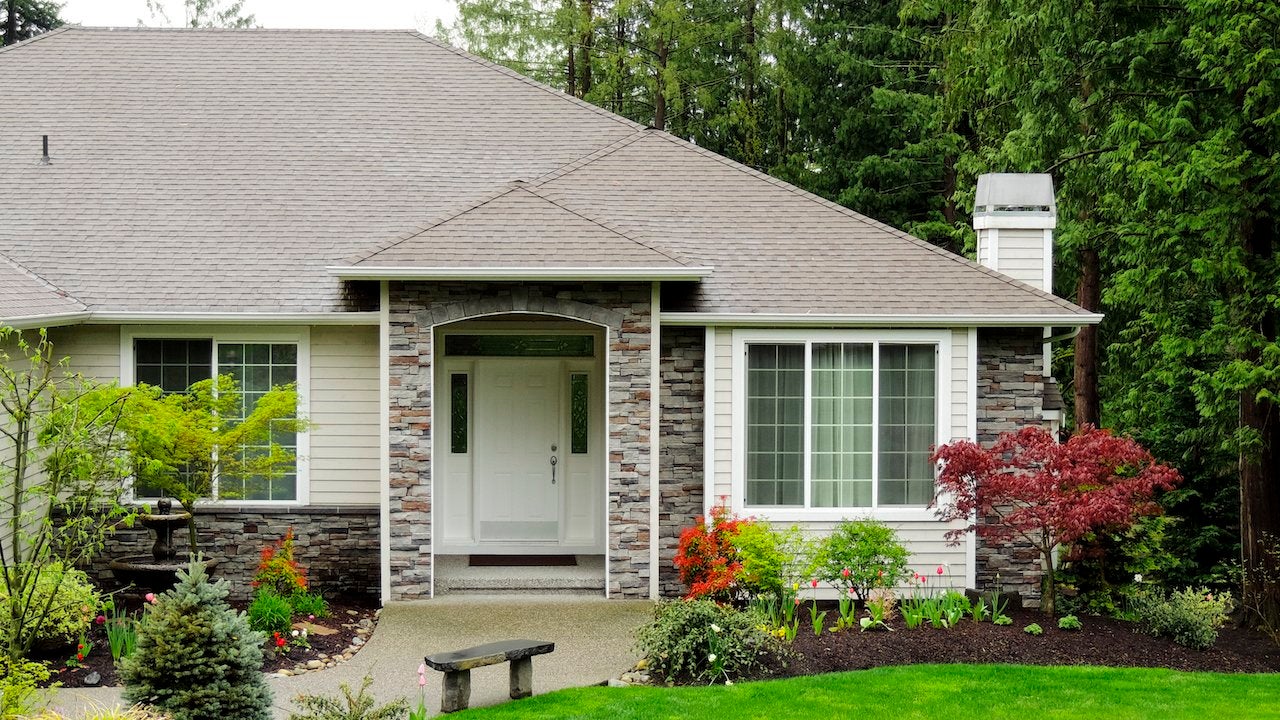What is an automated valuation model, or AVM?

Key takeaways
- AVM stands for automated valuation model, a computer algorithm that uses available data to estimate a home’s value.
- Different AVMs might provide different estimates for the exact same home, depending on how they’re programmed.
- A professional home appraisal will typically estimate a home’s value much more accurately than an AVM can.
Determining home prices is an inexact science. When you’re ready to sell your home, figuring out its fair market value takes time and experience, with real estate agents often doing extensive research. And there’s also the appraisal process, by which lenders ensure that the home is worth enough to secure the mortgage loan being offered. It’s no wonder frazzled sellers often turn to the online pricing models known as automated valuation models, or AVMs, for a quick and easy estimate of how much their home might sell for.
What is an AVM in real estate?
An AVM is a computer program that uses an algorithm to determine the value of a property. If you want a ballpark figure for how much your house is worth, you can easily get an idea by typing in the address on these sites.
But there are many different AVMs out there, each designed and offered by a different real estate or financial company — and you’re likely to get a different number with each one. One of the most popular examples is Zillow’s Zestimate, a dollar figure that’s displayed on each property listed on its website. Realtor.com, banks like Chase and big brokerages like RE/MAX offer their own versions as well.
AVMs consider various factors about the home and its location to come up with an approximate value for a property. However, while their approximate values can be useful for buyers, sellers, agents and even lenders, it’s important to keep in mind that they are just that: approximate. In other words, a $500,000 Zestimate is no guarantee that the home will actually sell for $500,000. And if you’re financing your home purchase, your lender will require a professional, in-person appraisal, regardless of AVM estimations.
How do AVMs work?
AVMs calculate existing data about a home, as well as the area and similar homes in the same area, and use complex mathematical formulas to determine how much the home is worth.
For example, an AVM might consider factors such as:
- Square footage of the home
- Size of the overall property
- Number of bedrooms/bathrooms
- When the home was built
- Recent sales of comparable homes
- Tax assessments
- Prior sale amounts
- Special features, like a swimming pool
- Neighborhood crime statistics
- Local school district ratings
- Housing market trends
- Seasonality
The precise formula and data points used vary: Each AVM algorithm will calculate the worth of a home slightly differently. One might value an additional bedroom slightly higher than another, for example, leading one AVM to value a home at $250,000 while another estimates the same home at $265,000.
AVMs create a valuation based on the data they have about the property. The accuracy of their estimates is subject to the accuracy and completeness of the data available, and data may be incorrect or outdated. They also can’t detect intangibles, like a property or neighborhood’s overall condition, that can affect a home’s value.
AVMs vs. home appraisals
AVMs and home appraisals both aim to accomplish the same thing: provide an idea of how much a property is worth. However, there are essential differences between the two.
For starters, AVMs are typically free. In addition, they are easy — you just type in your address. Anyone can use an AVM to value a home, even from thousands of miles away. And because the algorithms rely solely on data, human bias and potential discrimination are not a factor.
However, AVMs can’t account for more subjective things, such as whether the home is in good repair, curb appeal, street noise, or the overall vibe of the area. That’s where professional appraisals come in. Appraisals require a professional to physically visit a property and evaluate it in person. They are not free — in fact, appraisal costs can run several hundred dollars or more.
Pro appraisers will account for many of the things that an AVM would, like the home’s size and number of bedrooms. But they also account for subjective things that may influence the home’s value, which are observed with the appraiser’s own eyes and ears. In addition, mortgage lenders will likely require a professional appraisal, not an AVM estimate, when evaluating a potential home loan. So, while appraisals are slower and more expensive, they provide a far more accurate picture of a home’s value.
AVM pros and cons
Pros
- Convenience: An AVM estimate is immediate — a result takes just a few minutes, or even less. Professional appraisals, on the other hand, require appointments, scheduling, and in-person visits.
- Low or no cost: Some sites might require a small fee to get access to their AVM, but the majority are free. An appraisal will cost you hundreds of dollars.
Cons
- Subjectivity: An AVM objectively evaluates data points, rather than physically seeing and understanding a home as a person would. It may, for example, overvalue a home that’s in poor shape because it cannot account for condition. In addition, cultural bias may be an unknowing factor.
- Accuracy: AVM accuracy is variable — the results are only as accurate as the data available. The more current data that’s available to an AVM, the more accurate its estimations will be, which means they tend to be most accurate in large, busy markets with lots of real estate sales and purchases.
Bottom line
Automated valuation models are an easy way to get an idea of a home’s approximate value. They are much faster and cheaper than hiring an appraiser, which makes them extremely popular. However, keep in mind that AVMs only provide an estimate of a home’s value and are in no way guaranteed — the final sale price may be higher or lower. A professional appraisal is still the best way to get the most accurate estimate, and for a mortgage transaction, the lender will usually still require one.
Why we ask for feedback Your feedback helps us improve our content and services. It takes less than a minute to complete.
Your responses are anonymous and will only be used for improving our website.
You may also like


What is home appreciation in real estate?




